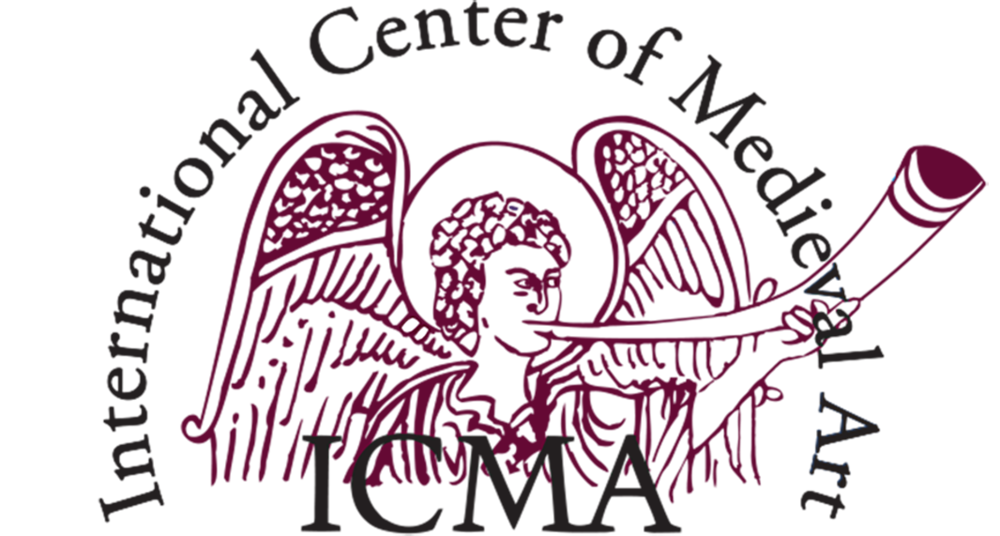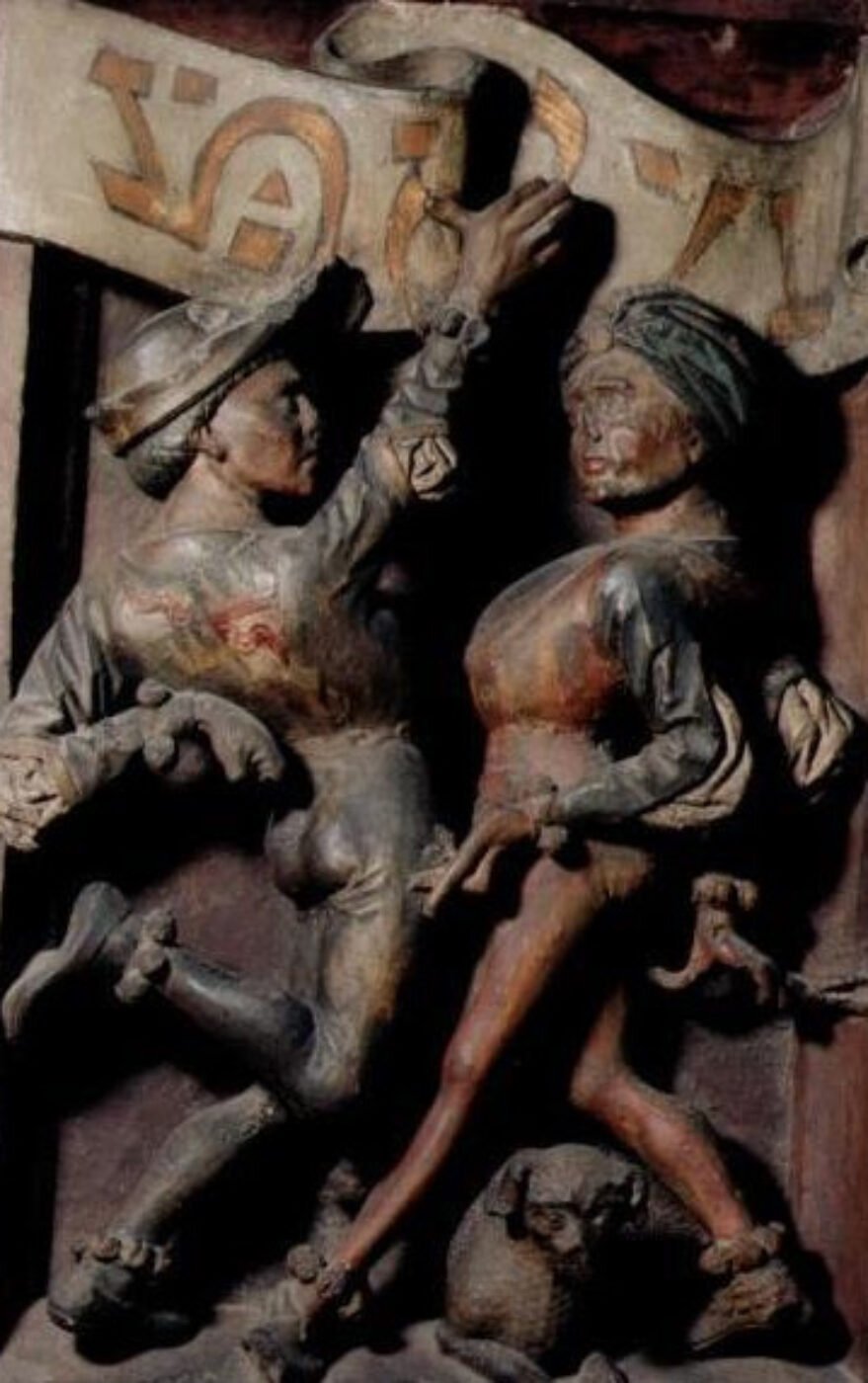International Cultural Workshop
REDISCOVERING THE CULTURAL HERITAGE OF UPPER SVANETI, GEORGIA
26 July – 4 August 2024, Mestia, Svaneti
Due 15 March 2024
https://old.tsu.ge/en/
This project takes place in Upper Svaneti, the spectacular mountainous region of Western Georgia, which not only has an abundance and variety of cultural heritage, but also a unique way of life. Even today, the local population preserves various pre-Christian beliefs and rituals. In Upper Svaneti, medieval churches and residences with defense towers have been preserved in their original forms. Almost all these churches are decorated with paintings, and original treasuries are kept in most of them: medieval painted and revetted icons, crosses, ecclesiastic vessels created in local workshops or many other regions of the Christian East and the West. Exposure to this extraordinary material will provide all students of medieval art with an entirely new perspective on their field.
The ten-day workshop will enable ten PhD and MA students to visit significant monuments of cultural heritage in Upper Svaneti, to take part in discussions on-site, and to engage in various field activities.
The workshop will be held in English.
The International Cultural Workshop is organized by the Institute of Art History and Theory at Ivane Javakhishvili Tbilisi State University, in cooperation with the College of Arts & Sciences at Syracuse University and the Art History Department at Rutgers, the State University of New Jersey. The project partner is the Svaneti Museum of History and-Ethnography.
The International Cultural Workshop (RCHUS) is funded under the US Embassy Georgia Cultural Small Grants Program.\
Application period
22 January to 15 March 2024 (00:00/Georgian Time Zone: UTC + 4)
The selection results will be announced on 8 April.
Eligibility
Applicants of any nationality must currently be enrolled in an MA or PhD program in Medieval or Byzantine art history or a related field.
Documents to be submitted:
– Application form with other three documents:
– Curriculum vitae (with list of publications/presentations, maximum 3 pages)
– Cover letter outlining interest in the program (maximum 300 words)
– Recommendation letter
The application must be in English.
See here for Application form: https://forms.gle/GLAacswWY5VBHDrk7
Fees and Funding
The International Cultural Workshop (RCHUS) is free of charge: will cover travel from Tbilisi to Mestia, field trips, hotel accommodation and meals in Upper Svaneti.
The workshop participants must cover their own international flights to and from Georgia, and hotel accommodation in Tbilisi. However, there are limited funds for participating students in the project budget for partial covering the international transportation and accommodation in Tbilisi. Please clarify your need for funding on your Application form.
For further information, please contact: svaneti.workshop@gmail.com





















